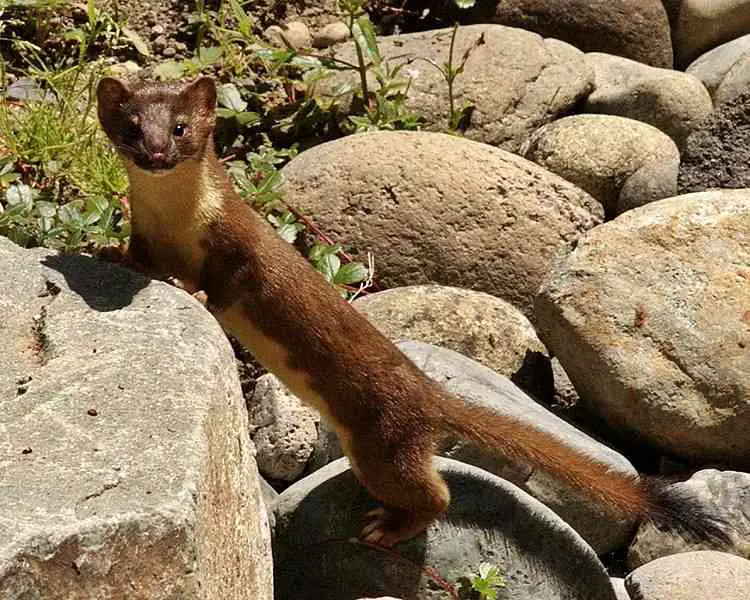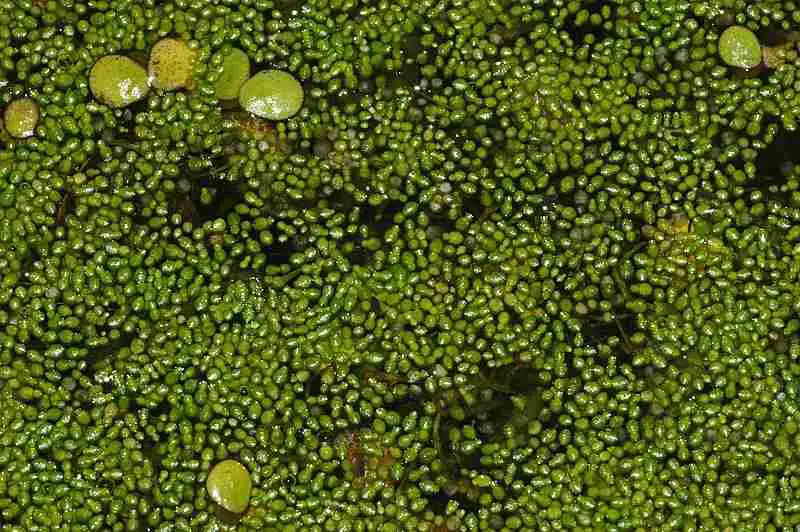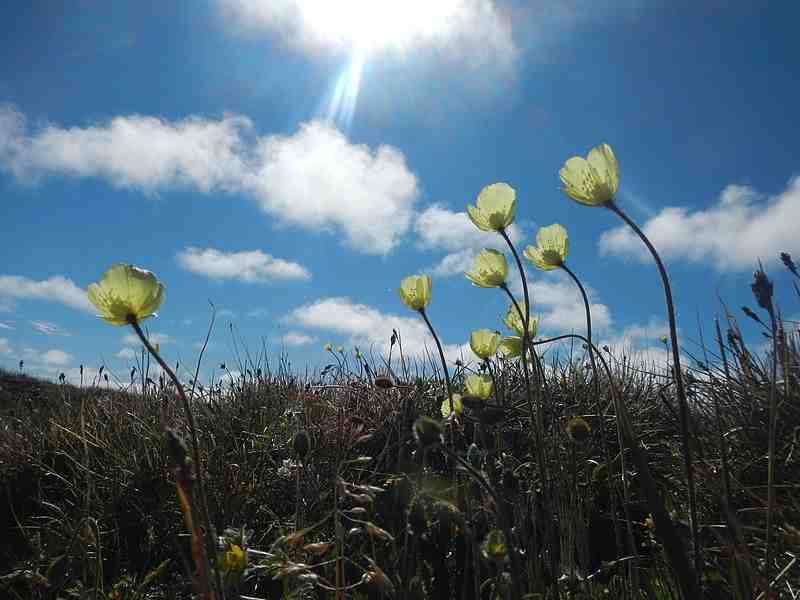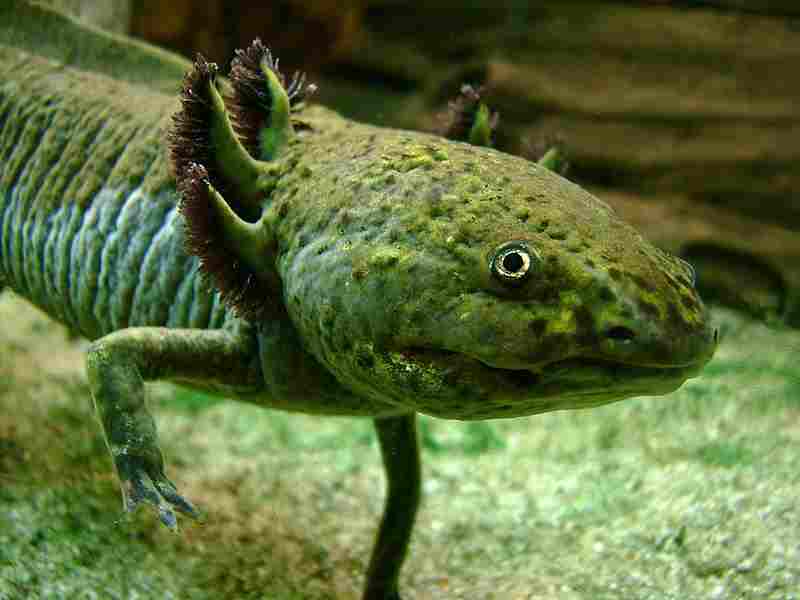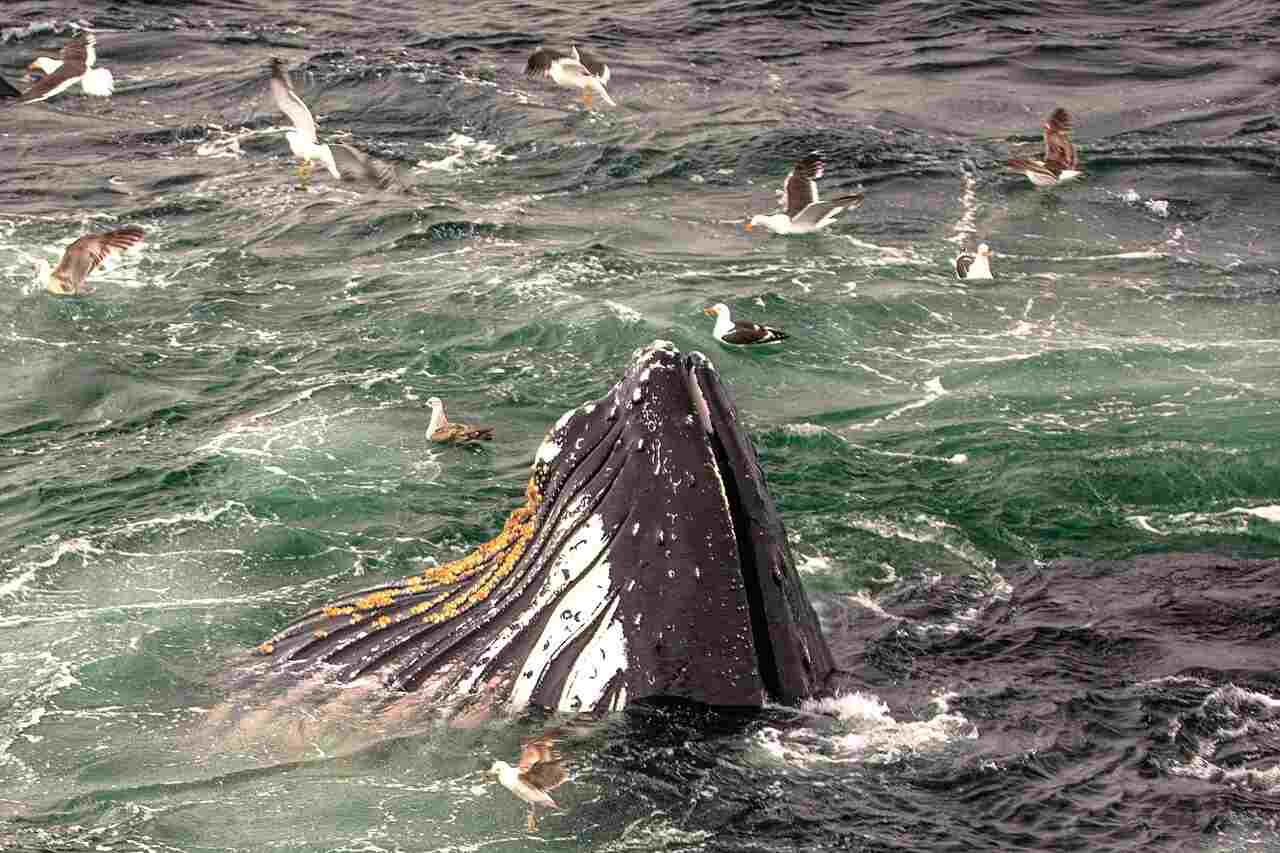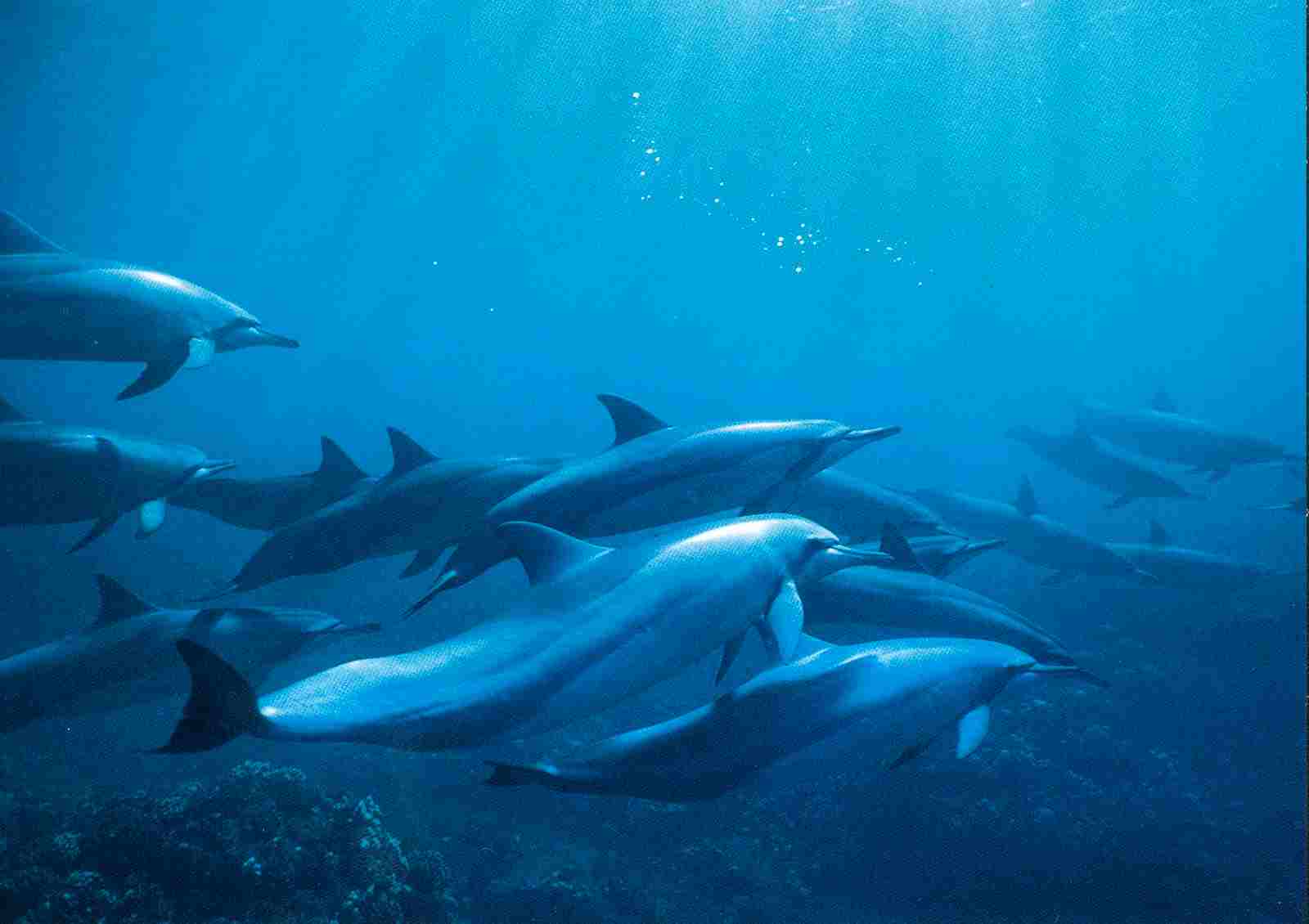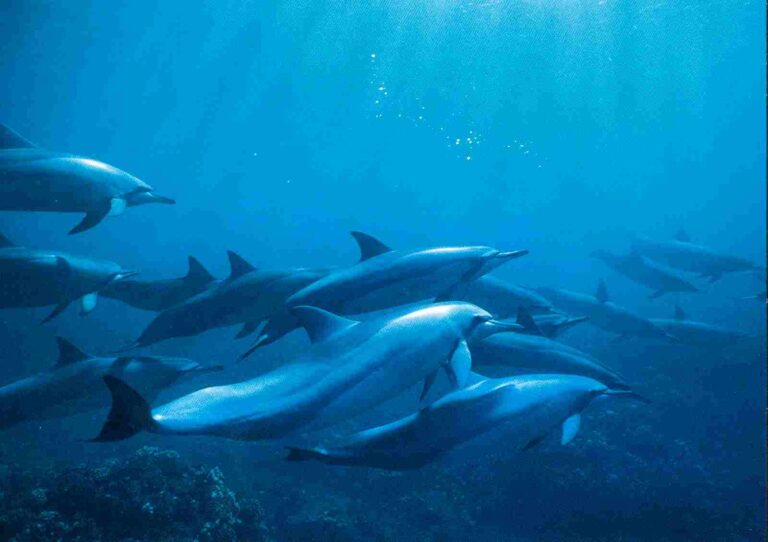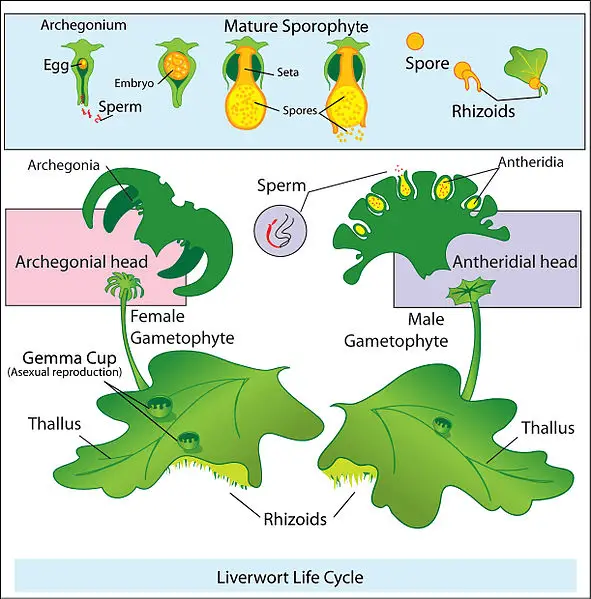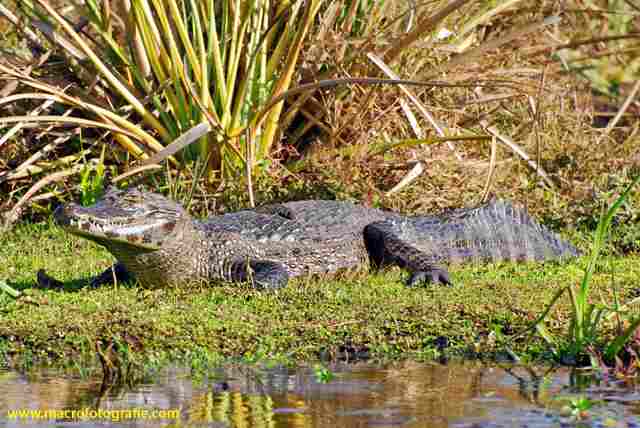7+ Primary Consumers in the Arctic Ecosystem and Their Characteristics
Primary consumers in the Arctic ecosystem are crucial for transferring energy from lower trophic levels to higher ones. Examples include musk oxen and caribou, which are large herbivores feeding on tundra vegetation, and smaller organisms like copepods and shrimp, which play vital roles in marine food webs. Additionally, Arctic hares and lemmings are important primary consumers in terrestrial ecosystems, while jellyfish serve as significant consumers in Arctic marine environments. These diverse organisms form the foundation of Arctic food webs, sustaining predator populations and contributing to ecosystem stability.
1. Jellyfish
Jellyfish are significant primary consumers in the Arctic marine ecosystem, playing a crucial role in the food web. They primarily feed on plankton, including small crustaceans, fish eggs, and larvae. As gelatinous zooplankton, jellyfish possess stinging tentacles that they use to capture prey.
Arctic jellyfish are adapted to survive in cold waters, with some species even thriving in sea ice habitats. Their distribution varies depending on factors such as temperature, salinity, and prey availability. Despite their simple anatomy, jellyfish are efficient hunters, utilizing their tentacles to capture prey and their oral arms to transport it to their mouths.
These gelatinous creatures serve as an essential food source for many marine predators, including fish, seabirds, and sea turtles. Additionally, their abundance can have significant impacts on marine ecosystems, influencing both predator-prey dynamics and nutrient cycling. Thus, understanding the ecology of Arctic jellyfish is vital for comprehending the functioning of polar marine ecosystems and their responses to environmental changes.
2. Copepods
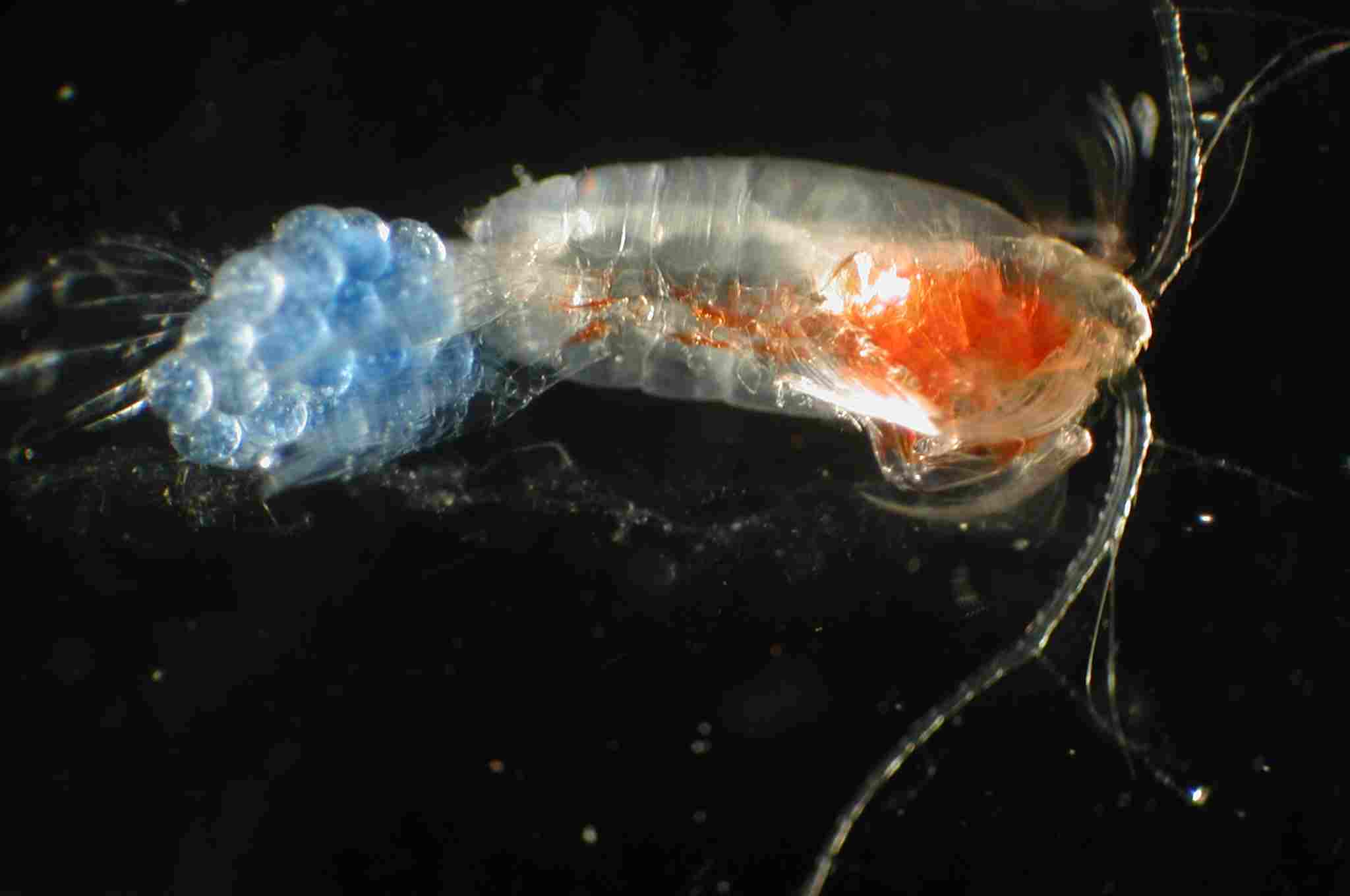
Copepods are tiny crustaceans that serve as crucial primary consumers in Arctic marine ecosystems. These small organisms play a significant role in transferring energy from phytoplankton to higher trophic levels. Copepods primarily feed on phytoplankton, as well as detritus and other organic matter present in the water column.
In the Arctic, copepods are highly abundant and diverse, with numerous species adapted to cold, polar conditions. Their distribution is influenced by factors such as temperature, salinity, and nutrient availability. Copepods exhibit various feeding strategies, including filter feeding and predation, depending on their species and life stage.
As primary consumers, copepods form a critical link between phytoplankton and larger predators such as fish, seabirds, and marine mammals. Changes in copepod abundance or distribution can have cascading effects throughout the Arctic food web, impacting both predator populations and ecosystem dynamics.
3. Shrimp
Shrimp are another essential group of primary consumers in the Arctic, playing a vital role in benthic ecosystems. Arctic shrimp species are adapted to cold waters and can be found in both shallow and deep-sea habitats. They feed on a variety of organic material, including detritus, algae, and small invertebrates.
Arctic shrimp species are an important food source for a wide range of predators, including fish, birds, and marine mammals. Their abundance and distribution can be influenced by factors such as temperature, ice cover, and sediment composition. Changes in Arctic shrimp populations can have significant implications for predator populations and ecosystem stability.
5. Arctic Hare
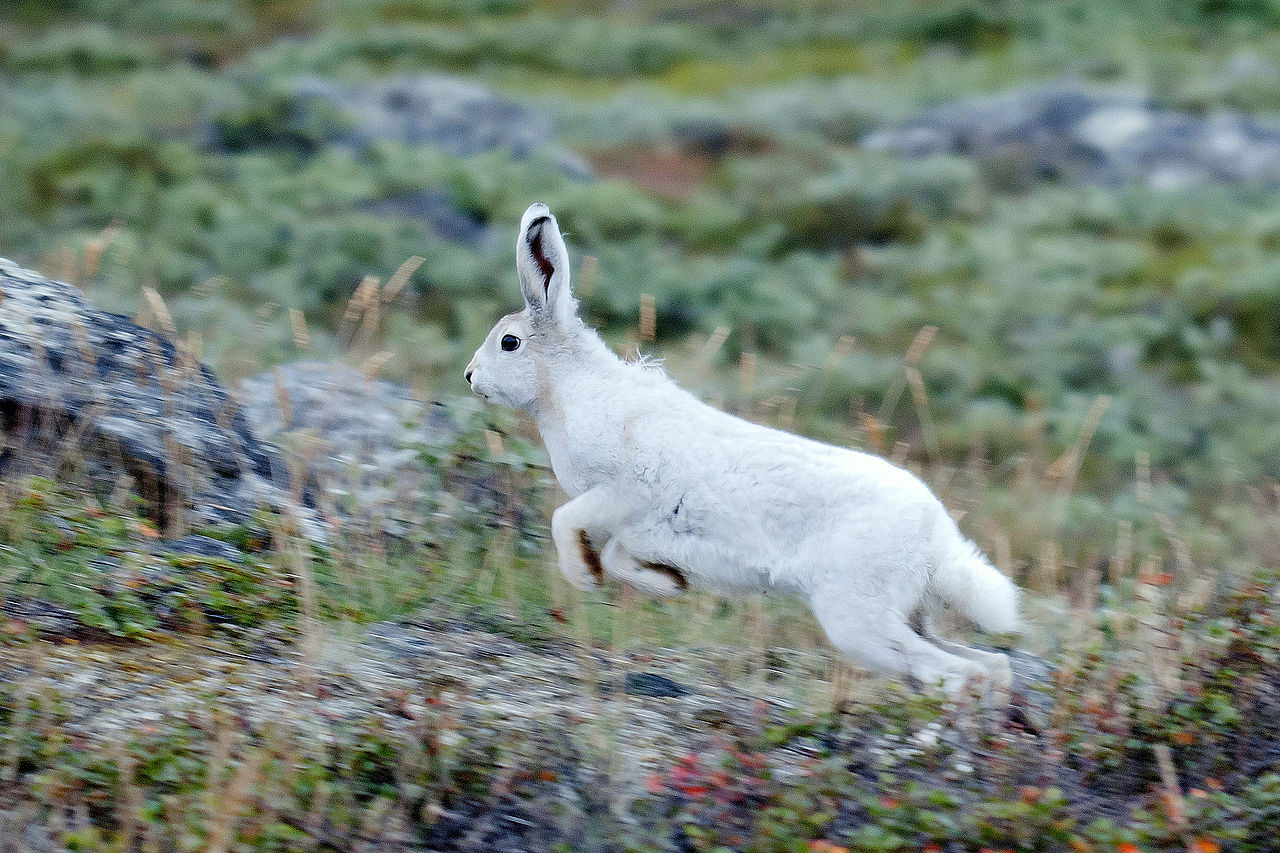
Arctic hares are primary consumers in Arctic terrestrial ecosystems, playing a crucial role in the tundra food web. These large, herbivorous mammals are well-adapted to cold, harsh environments, with thick fur coats and specialized behaviors to conserve heat.
Arctic hares primarily feed on a variety of vegetation found in the tundra, including grasses, sedges, mosses, and lichens. During the short Arctic summer, they graze on available plant material, storing fat reserves to sustain them through the long winter months when food is scarce.
As primary consumers, Arctic hares serve as an important food source for predators such as Arctic foxes, wolves, and birds of prey. Their population dynamics can be influenced by factors such as food availability, predation pressure, and climate change, making them an essential species to monitor in Arctic ecosystems.
6. Lemming
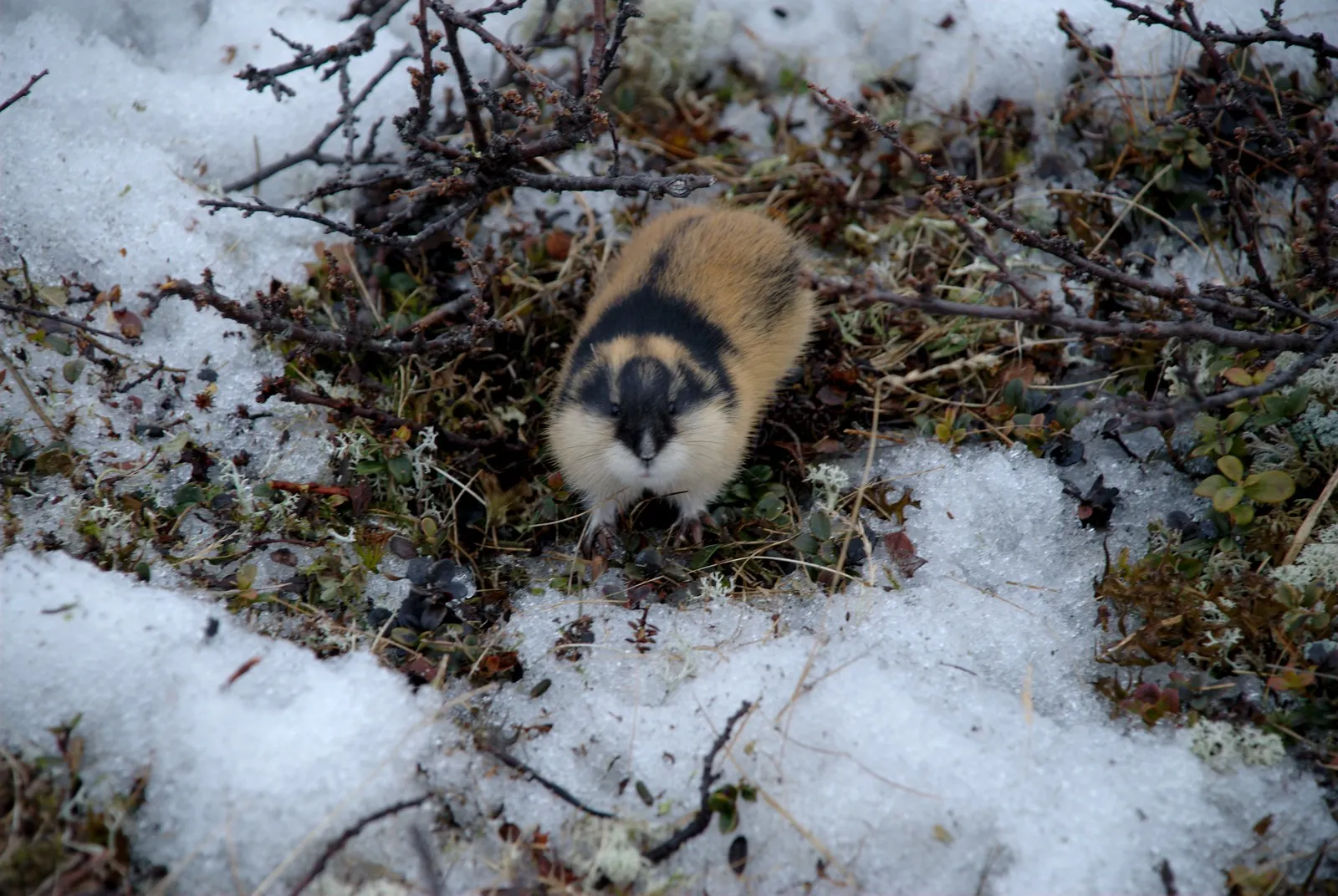
Lemmings are small rodents that are key primary consumers in Arctic and subarctic ecosystems. These prolific breeders play a crucial role in nutrient cycling and plant community dynamics in their habitat.
Arctic lemmings primarily feed on a diet of grasses, sedges, mosses, and shrubs. During the short Arctic summer, they forage extensively to build up fat reserves for the winter months when food is scarce. Some lemming species also store food in underground burrows for later consumption.
Lemmings are an essential prey species for many Arctic predators, including foxes, owls, and birds of prey. Their population dynamics are highly cyclical, with periods of population explosions followed by crashes. These population fluctuations can have significant impacts on predator populations and ecosystem dynamics in the Arctic.
7. Musk Ox
Musk oxen are large herbivores that serve as primary consumers in Arctic tundra ecosystems. These iconic animals are well-adapted to survive in harsh, cold environments, with thick fur and layers of fat to insulate against the cold.
Musk oxen primarily feed on a diet of grasses, sedges, herbs, and lichens found in the tundra. During the summer months, they graze extensively to build up fat reserves for the long Arctic winter when food is scarce. Musk oxen use their powerful hooves and horns to dig through snow and ice to access buried vegetation.
As primary consumers, musk oxen play a crucial role in shaping tundra vegetation through grazing and trampling. They are also an important food source for predators such as wolves and bears. Understanding the ecology of musk oxen is essential for managing Arctic tundra ecosystems and conserving biodiversity in the region.
8. Caribou
Caribou, also known as reindeer in Eurasia, are another important primary consumer in Arctic and subarctic ecosystems. These large herbivores undertake long migrations across vast distances in search of food and suitable habitat throughout the year.
Caribou primarily feed on a variety of vegetation, including grasses, sedges, lichens, and woody shrubs. During the summer months, they graze on nutrient-rich tundra vegetation, building up fat reserves for the winter when food is scarce. Caribou are also known to dig through snow to access lichens and other winter forage.
As primary consumers, caribou are a vital food source for predators such as wolves, bears, and lynx. They also play a significant role in shaping Arctic and subarctic ecosystems through their grazing and browsing behaviors. Understanding the ecology and population dynamics of caribou is crucial for maintaining healthy ecosystems and supporting indigenous cultures that rely on these animals for food and cultural practices.
| Arctic Primary Consumers | Summary |
| Jellyfish |
Gelatinous zooplankton, feed on plankton, crucial for marine ecosystem dynamics.
|
| Copepods |
Tiny crustaceans, feed on phytoplankton, important for energy transfer to higher trophic levels.
|
| Shrimp |
Benthic consumers, feed on detritus, algae, and small invertebrates, significant for predator diets.
|
| Arctic Hare |
Terrestrial herbivores, graze on tundra vegetation, important prey for predators.
|
| Lemming |
Small rodents, key in nutrient cycling, prey for many Arctic predators.
|
| Musk Ox |
Large herbivores, graze on tundra vegetation, crucial for shaping the ecosystem.
|
| Caribou |
Migratory herbivores, feed on various vegetation, essential for ecosystem health and predator diets.
|
| Role and Impact |
Serve as primary food sources for predators, contribute to nutrient cycling and ecosystem shaping, influence vegetation dynamics.
|
| Challenges and Management |
Face challenges from climate change affecting food availability and habitat suitability, population dynamics impact predator populations and ecosystem stability.
|
| Conservation |
Understanding their ecology is vital for conservation efforts and for supporting indigenous communities reliant on these animals for food and cultural practices.
|
FAQs about Arctic Primary Consumers
Q: Why are primary consumers important in Arctic ecosystems? A: Primary consumers play a vital role in Arctic ecosystems by transferring energy from producers (such as phytoplankton and vegetation) to higher trophic levels. They are essential for maintaining nutrient cycling and ecosystem balance.
Q: How do changes in primary consumer populations affect Arctic ecosystems? A: Changes in primary consumer populations can have cascading effects throughout the Arctic food web. For example, fluctuations in prey abundance can impact predator populations and ecosystem dynamics, influencing factors such as species interactions and nutrient cycling.
Q: What are some threats to Arctic primary consumers? A: Arctic primary consumers face threats from climate change, habitat loss, pollution, overharvesting, and invasive species. These factors can disrupt food availability, alter habitat suitability, and affect population dynamics, potentially leading to declines in biodiversity and ecosystem health.
Q: How can we conserve Arctic primary consumers? A: Conservation efforts for Arctic primary consumers should focus on protecting their habitats, mitigating climate change impacts, regulating harvesting practices, reducing pollution, and implementing sustainable management strategies. Additionally, scientific research and monitoring are essential for understanding the ecology of these species and informing conservation actions.
